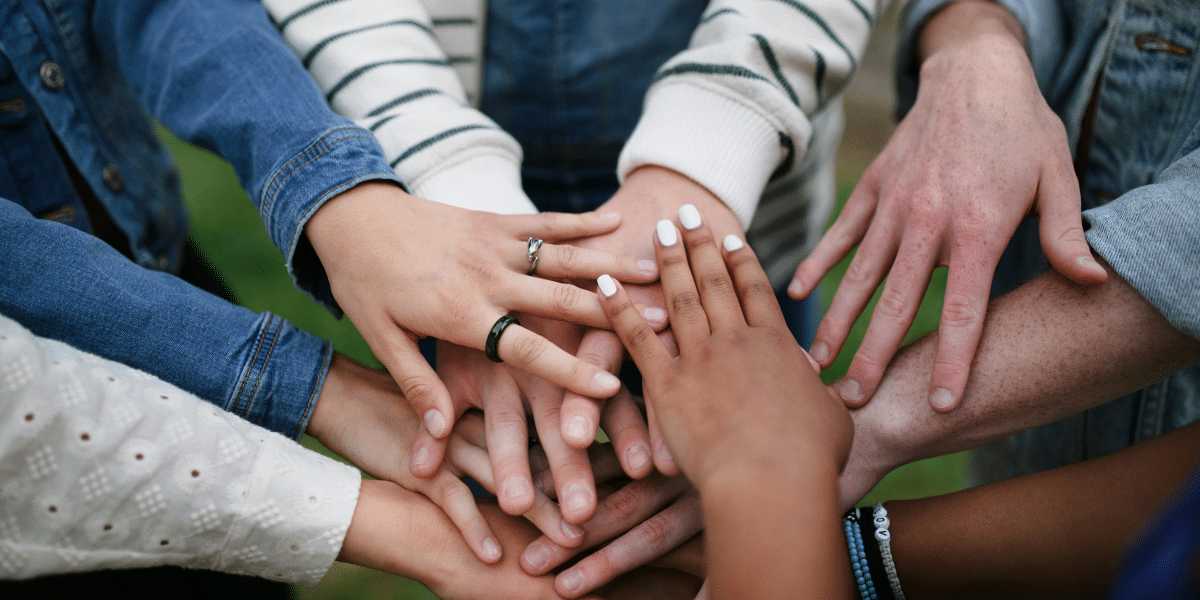The United States is a “melting pot” where diverse cultures, beliefs, and traditions unite to form a rich, multifaceted society. Since its founding, the U.S. has welcomed people worldwide, each bringing unique customs, languages, foods, and values that have contributed to American life. Today, this diversity is evident in every aspect of society, from cuisine and language to music, art, and holidays. Here, we explore how different cultures shape American society and the benefits and challenges of this diverse landscape.
1. A Rich Tapestry of Traditions
Each cultural group in the U.S. contributes its own traditions, allowing Americans to experience various celebrations and practices. Hispanic communities, for instance, have introduced customs like Día de los Muertos, a vibrant holiday that honors the lives of departed loved ones. This tradition has gained popularity and is celebrated in cities across the U.S. Similarly, Chinese New Year brings festive parades, dragon dances, and fireworks, most famously observed in cities like San Francisco and New York.
These traditions do more than simply enrich the American calendar; they create opportunities for cross-cultural learning and appreciation. Observing or participating in these customs allows people better to understand the values and beliefs of different communities, fostering empathy and respect among diverse groups.
2. Diversity in Food and Cuisine
One of the most visible ways that different cultures shape American society is through cuisine. America’s food scene reflects the many cultures that call the U.S. home, blending flavors and cooking techniques worldwide. From Mexican tacos and Italian pasta to Indian curry and Japanese sushi, each cultural group has contributed to the country’s culinary diversity. Cities such as New York, Los Angeles, and Chicago are known for offering a global selection of foods, often within a single neighborhood.
3. Language and Communication
The presence of multiple languages is another testament to the U.S.’s cultural diversity. Although English is the primary language spoken, communities maintain their heritage languages, from Spanish and Chinese to Tagalog and Arabic. In places like Miami, Los Angeles, and New York, bilingual signage and multilingual services are common, reflecting the needs and presence of diverse communities.
4. The Arts and Cultural Expression
Art is a powerful medium for expressing cultural heritage, and America’s artistic landscape is a vibrant showcase of its diverse society. African American music genres like jazz, blues, and hip-hop have profoundly influenced American culture, evolving into widely popular forms embraced by people of all backgrounds. Latino influences can be seen in popular music styles like salsa, reggaetón, and Latin pop, all of which have made their way into mainstream American music charts.
5. Religious Diversity and Tolerance
Religious freedom is a cornerstone of American society, and the U.S. is home to an incredible variety of faiths and spiritual practices. These include Christianity, Judaism, Islam, Buddhism, Hinduism, and many others, along with non-religious or secular beliefs. Each religious group contributes to the nation’s spiritual life, often sharing its beliefs and practices with the wider community.
6. Educational Opportunities and Cultural Awareness
Diversity in American schools introduces students to different perspectives, fostering cultural awareness and open-mindedness from an early age. Schools and universities often celebrate cultural heritage months, such as Black History Month and Hispanic Heritage Month, to honor the contributions of various groups. These observances encourage students to learn about the histories, achievements, and struggles of people from different backgrounds, creating an inclusive educational environment.
Programs that teach about world cultures and languages help students develop a global outlook, preparing them for careers in a multicultural world. Cultural exchange programs also allow students to study abroad or connect with peers worldwide, further enhancing their understanding and appreciation of diversity.
7. Challenges and Opportunities of a Diverse Society
While cultural diversity enriches American society, it can also pose challenges. Misunderstandings and stereotypes can sometimes lead to tension between different cultural groups. However, these challenges also present opportunities for growth and unity. By promoting open dialogue, communities can work to address misunderstandings and foster an environment of mutual respect.
Embracing a Diverse Future
American society continues to evolve, shaped by the rich blend of cultures that make up the country. Each cultural group, whether large or small, plays a role in shaping American identity and enriching the lives of those who call the U.S. home. From cuisine and language to the arts and education, diversity strengthens communities and enhances the quality of life for everyone.
Celebrating diversity and encouraging cultural exchange contribute to a more inclusive society where people from all walks of life can connect and thrive. Understanding and respecting different cultures will remain essential to building a harmonious and vibrant society as the U.S. becomes increasingly interconnected. By embracing diversity, Americans can continue to learn from one another, fostering a national identity that celebrates unity in difference.
Published by: Annie P.








